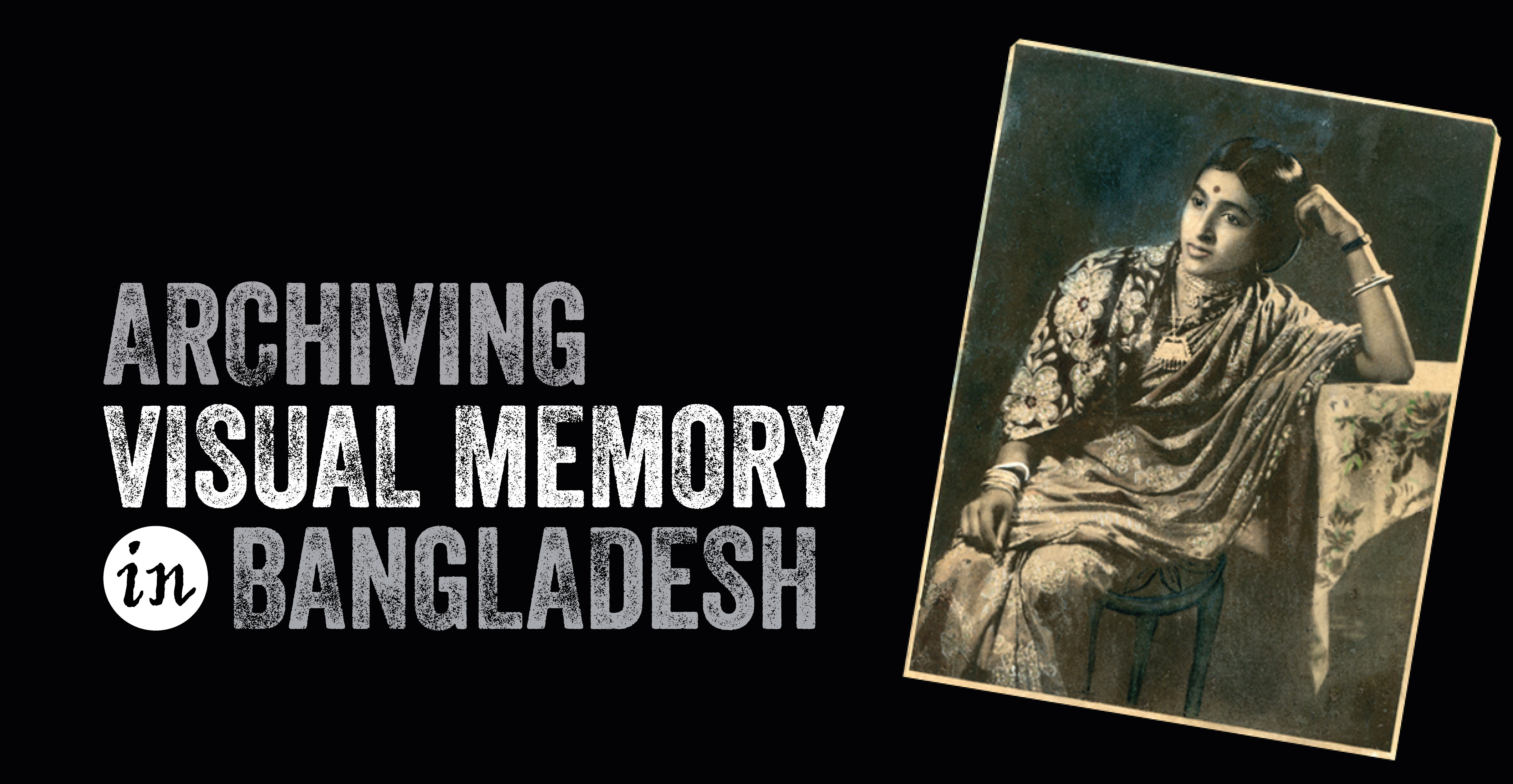Although photography as a science, technology, art and practice has history longer than a century in Bangladesh, as a visual-cultural tradition it has not been recognized. The Department of Archeology and Museum of Bangladesh (DAMB) has excluded not only the history of photography, but also cinema from its definition of heritage. Heritage in the activities of DAMB largely refers to the pre-British colonial period and is limited to the immovable archeological sites such as monuments, mosques, temples, or alike. Public conversation on visual heritage revolves around terracotta and oil paintings.
With the introduction of camera technology during British colonialism, photography slowly but gradually has become an integral part of the visual tradition and heritage in the region. Photographers here, particularly in the marginal spaces, have digressed from their originally intended purpose of documentation to transform photography to create their own regional tradition. Photography has also been marginalized as an art form, having until recently, been denied acceptance by the art establishment. The Asian Biennale, held regularly since 1981, only allowed photography and video to be entered in 2016.
Drik recognizes the need to record and understand the vernacular history of photography in Bangladesh and the way it has enabled an individual photographer, a photo studio within a community to contribute to discourses on history, memory, and heritage. In 2017, it has taken an initiative to exploring the history of photography and their patrons in marginal spaces with the hope to revitalize an undocumented, but potent vernacular tradition of cultural expression in Bangladesh.

